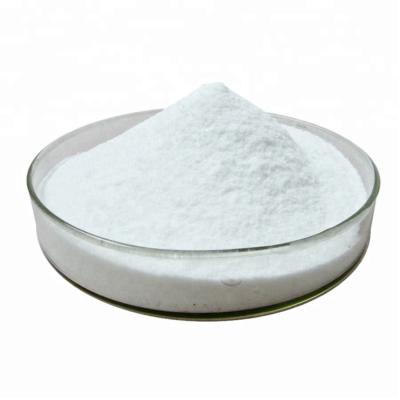What Is Glufosinate-Ammonium?
Glufosinate-ammonium is a highly effective herbicide used to control weeds in more than 100 crops in many countries worldwide. Farmers rely on Glufosinate-ammonium because it ensures a high degree of crop safety, as it only affects the parts of the plant where it is applied. It is effective against a broad range of weeds, eliminating the need to apply several herbicides to control different weeds on a given crop.

Its unique mode of action makes it ideal to be used in rotation with other herbicides to mitigate weed resistance.30 years of safe useGlufosinate-ammonium was first brought to market in 1984. Today it is registered for use to control weeds in a variety of crops worldwide, including soybeans, corn, canola and cotton, which have been modified through genetic engineering to be tolerant to Glufosinate-ammonium. As a broad-spectrum herbicide, Glufosinate-ammonium acts against a wide range of annual and perennial broadleaf weeds and grasses. This also includes difficult-to-control Glyphosate-resistant weeds such as amaranthus, lolium, conyza and malva.Its unique mode of action is a vital tool in weed resistance management, helping to improve crop health, agricultural yields and global food security when used as part of an Integrated Weed Management (IWM) program.
Unlike products with a root systemic mode of action, the herbicide can treat new branches emerging from the roots of a tree (suckers) selectively without harming the mother tree or vine, controlling weeds at the same time. This is of great importance for crops such as vines, tree nuts, stone fruit or olives.



